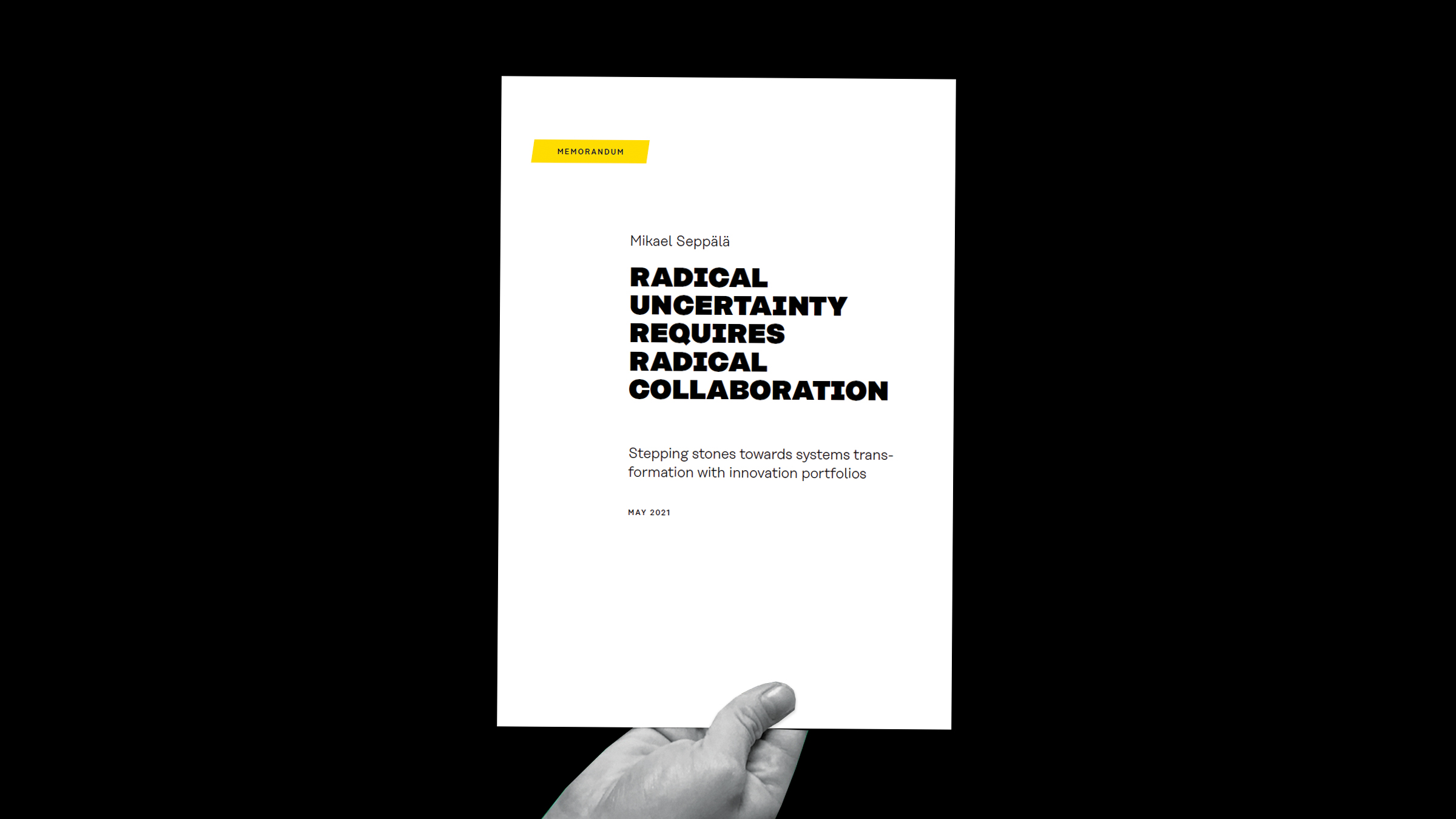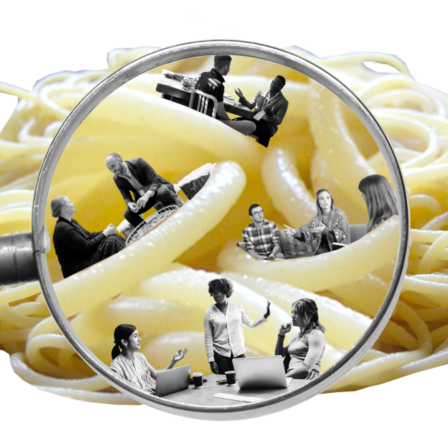Global and societal challenges are often too complex to be solved with single projects or experiments. For this reason, EIT Climate-KIC, a climate innovation initiative operating under the European Institute of Innovation and Technology, is among those using innovation portfolios at the heart of their operating models.
Innovation portfolios are a relatively new and emerging approach. They rely on close interaction between interlinked projects or experiments, the shared understanding that is subsequently generated and the shared impact resulting from these efforts.
“Radical uncertainty requires radical collaboration,” says Kirsten Dunlop, CEO of EIT Climate-KIC, summing up the logic behind innovation portfolios.
In this memorandum, we outline the kinds of situations that are suitable for innovation portfolios and explain what this new approach is all about. We also look into the nature of global and societal problems and why they require transformation capacity; not only in the development of solutions, but also at the level of operating methods and structures. The memorandum compares innovation portfolios with strategic portfolio management and focuses on the challenges and opportunities associated with the approach.
The practices of innovation portfolios can be divided into four areas:
- identifying challenges requiring systemic change;
- outlining the impact of an innovation portfolio;
- putting together an effective project entity;
- creating shared understanding.
We delve deeper into these subjects in the memorandum.
At the core of innovation portfolios is the idea that the most extensive challenges we face today are comprehensive and systemic, which means that our response to these challenges must reflect similar principles. This memorandum is aimed at developers working on societal issues as well as the parties that fund and co-ordinate the development efforts.
Sitra’s aim is to strengthen the skills and capabilities of the societal drivers of change to solve our most wide-ranging problems through co-operation. The content of the memorandum is partly based on workshops in which we brought together Finnish professionals from a host of different organisations, all working for societal change, to learn from international pioneers in the subject, to consider the opportunities for this new approach and to advance thinking on the issue.


Read more